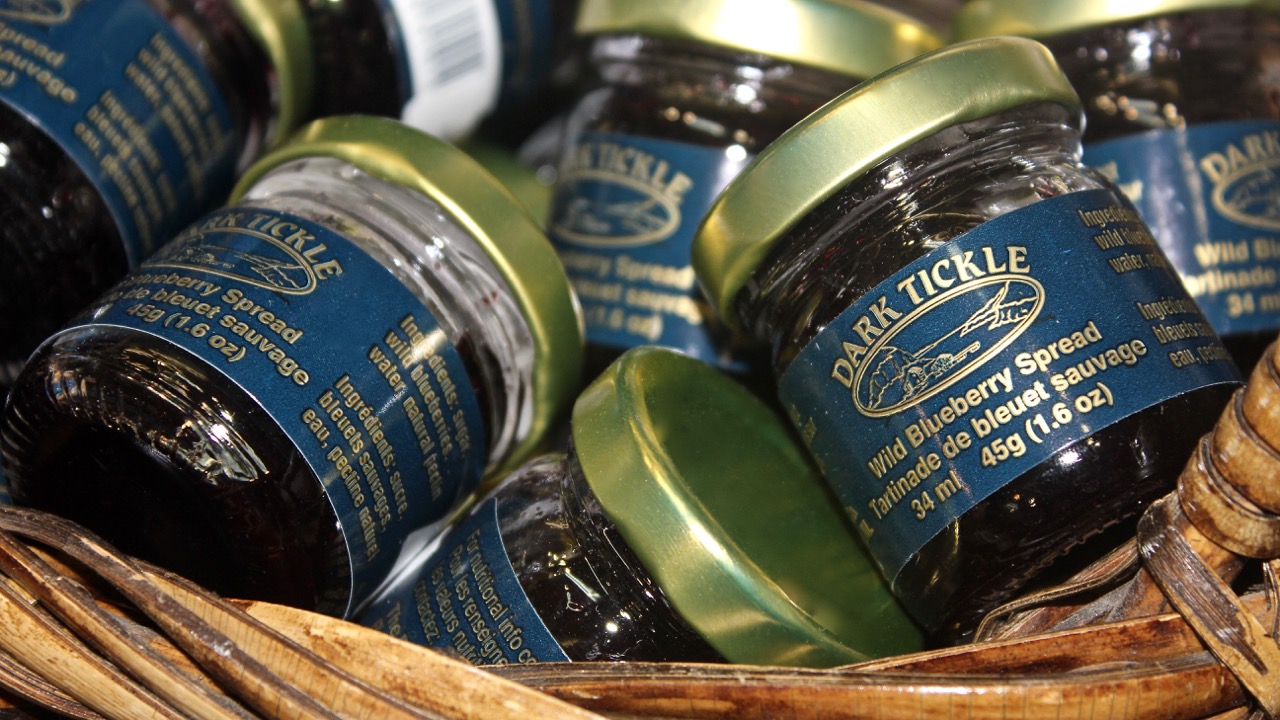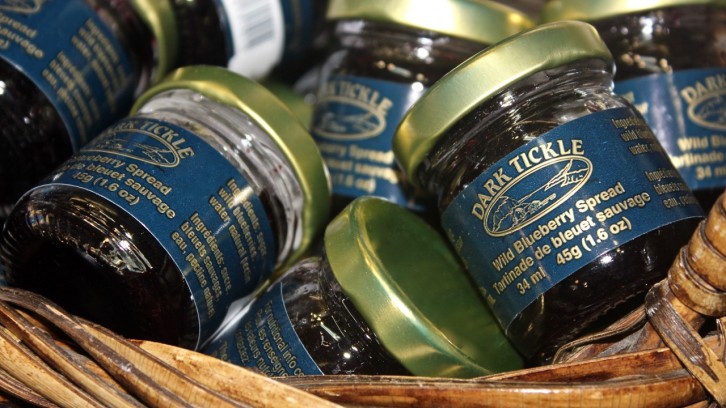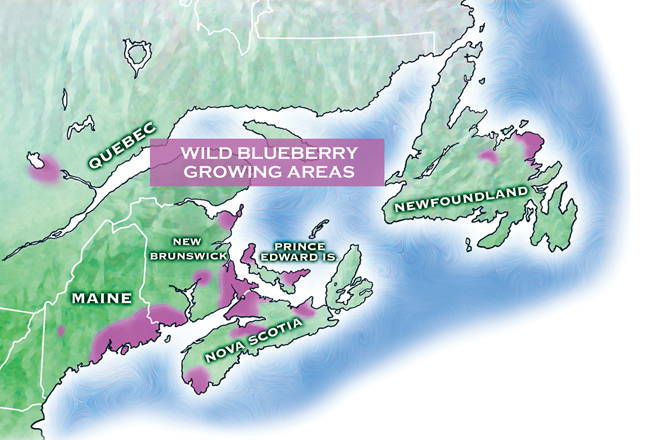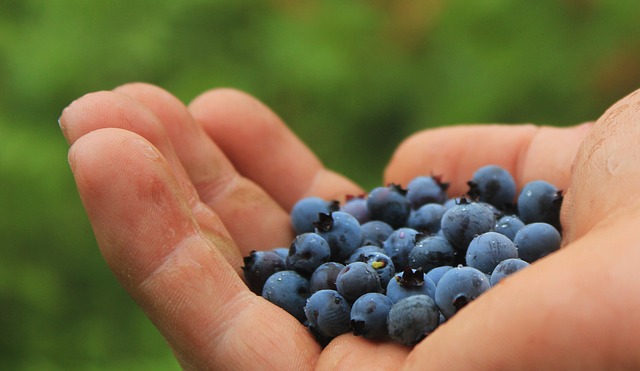Fruit
Wild blueberry producers report record harvest
2015 total is a 50 per cent increase over the last two years

caption
Regional wild blueberry spread sold downtown at Jennifer’s of Nova Scotia.
caption
Regional wild blueberry spread sold downtown at Jennifer’s of Nova Scotia.The record-breaking 29.5 million kilograms of wild blueberries harvested last year by regional fruit producers could be the new normal, an industry association says.
The total was a 50 per cent increase over the last two years, the Wild Blueberry Producers Association of Nova Scotia announced today.
Barron Blois, the newly elected president of the association, is a seventh-generation farmer in Hants and Cumberland county.
“The volume of blueberries is going to increase as we move forward into the future,” said Blois, who was born in 1956 – the same year his parents opened their blueberry farm.
“One way to stay in business is through volume.”
Peter Rideout, executive director of the association, said in a standing committee meeting this morning, “We’re conscious of the fact that in rural Nova Scotia and other parts of the province, wild blueberries are a huge driver of the economy.”
Wild blueberry market
Blueberries are the “single largest contributor” to Nova Scotia’s fruit and berry sector, as land set aside for blueberry growth spans 56.1 per cent of province farmland.
Wild blueberries only grow in northeastern North America.

caption
Wild blueberry growing areas.Here’s a snapshot of the wild blueberry sector:
- More than 1,000 producers harvest 44,000 acres of blueberry land in Nova Scotia. Two-hundred and fifty of these producers derive the majority of their income from wild blueberries.
- Wild blueberries are Nova Scotia’s largest agricultural export. Ninety per cent of berries are shipped to 28 countries each year. Nova Scotia’s largest customers are the U.S., Germany and Japan.
- The 29.5 million kg of blueberries harvested in 2015 were valued at $32.5 million.
The fortunes of wild blueberry growers in Maine, New Brunswick and Quebec rise and fall with fluctuations in the wild blueberry market.
“Our competitors are the producers of what we sometimes facetiously refer to as ‘ordinary blueberries’,” said Rideout.
There are two varieties of blueberries in the world: highbush or cultivated berries, which produce larger buds on bushes two to three metres high, and lowbush or wild berries, which produce smaller, more delicate buds on bushes half a metre high.

caption
A handful of cultivated blueberries.Cultivated blueberries are produced in the Pacific Northwest for the fresh (not frozen) fruit market. These producers’ second-grade fruit, however, invariably ends up in freezer sections across North America – often at lower prices than wild blueberries, as cultivated berries are generally less expensive than wild blueberries. This is a huge problem for Nova Scotia producers, as 95 per cent of N.S. product is frozen for sale.
“Wild blueberries in the continuum of fruit tend to be very expensive,” acknowledged Rideout. A two-kilogram bag of wild blueberries sells for $16.99 at Pete’s Frootique. A 600 gram bag of blueberries sells for $7.50 at Shoppers Drug Mart.
Local growers would like to sell more to China, but there’s a catch – right now, there’s a 50 per cent tariff on frozen wild blueberries entering China from North America.
“We’re facing significant tariff obstacles in China,” said Rideout. “We’re still able to send 2.7 billion kilos there, but our competitors in Chile have a free ride into the Chinese market, which is a concern to us.”
A brief history of the wild blueberry sector

